Meet Seirin | Artist
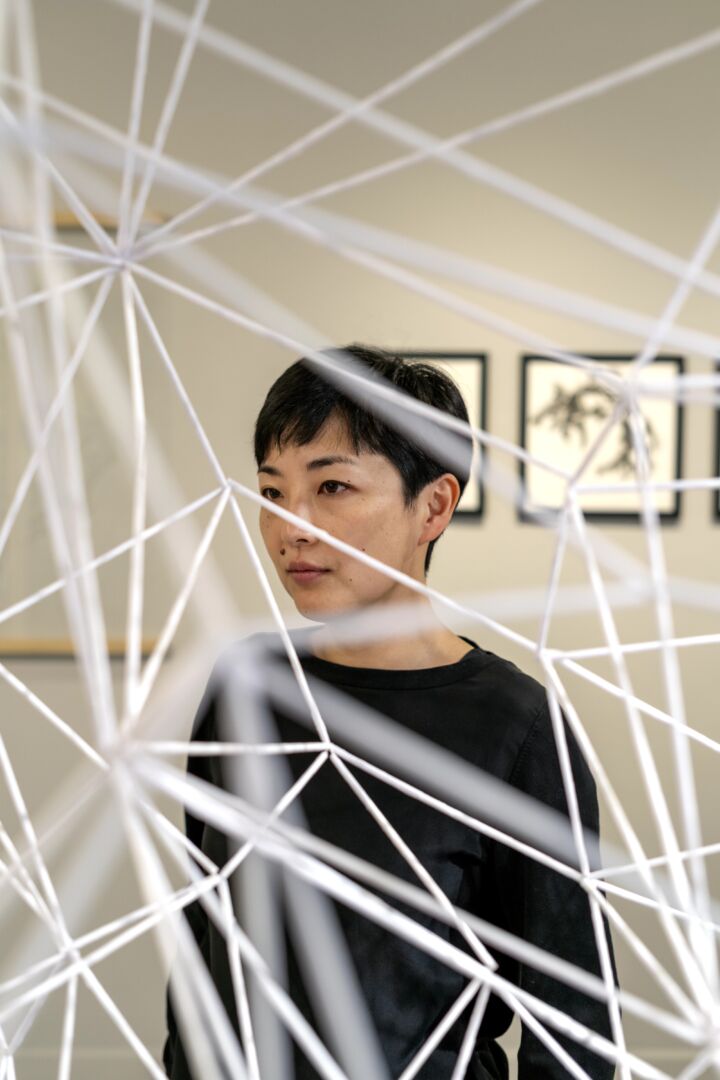

We had the good fortune of connecting with Seirin and we’ve shared our conversation below.
Hi Seirin, what role has risk played in your life or career?
I think about risk as an opportunity for change and taking an action based on instinct and curiosity. It is essential to do so to grow and make it worth living for me. Taking risks has taken me where I am now.
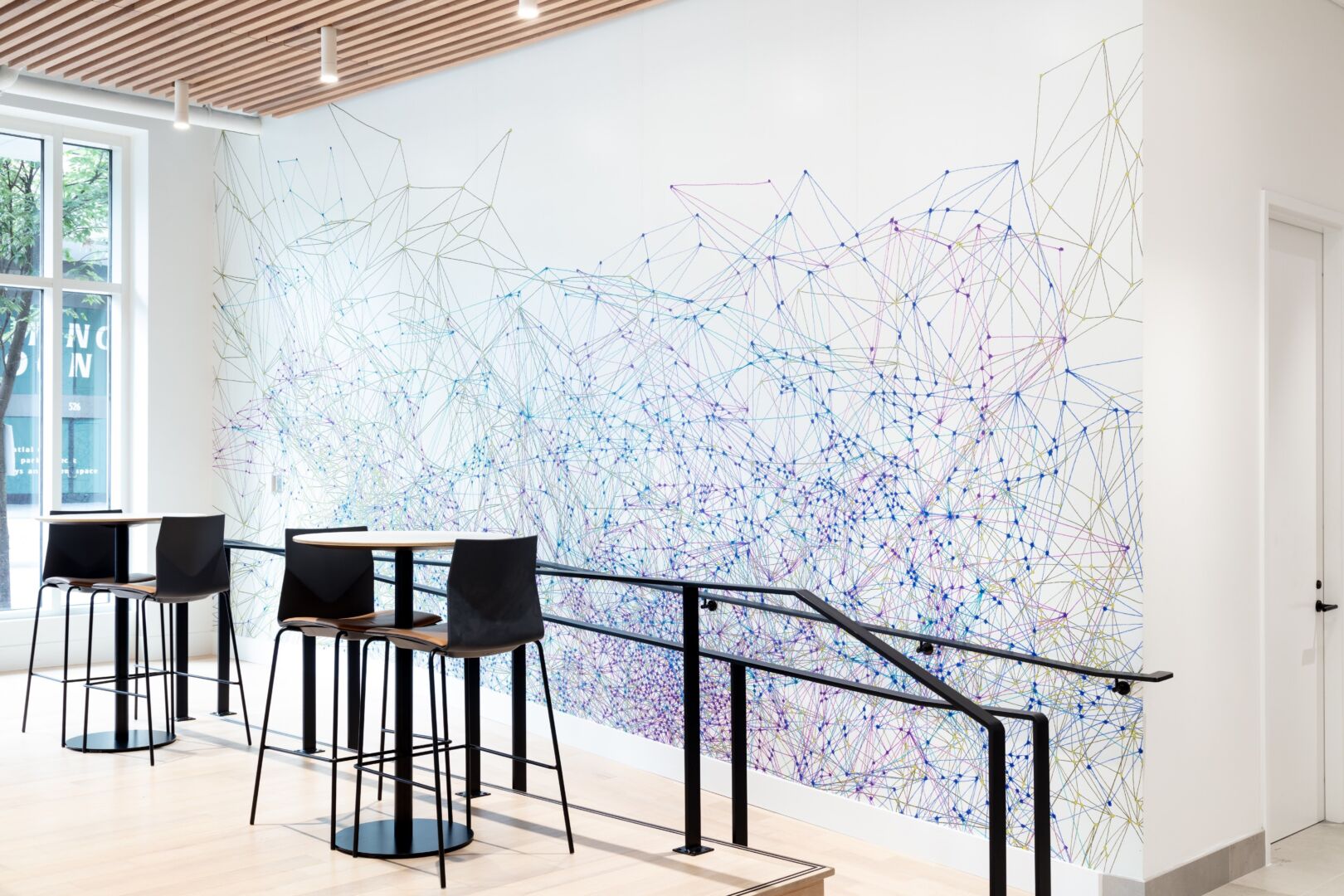
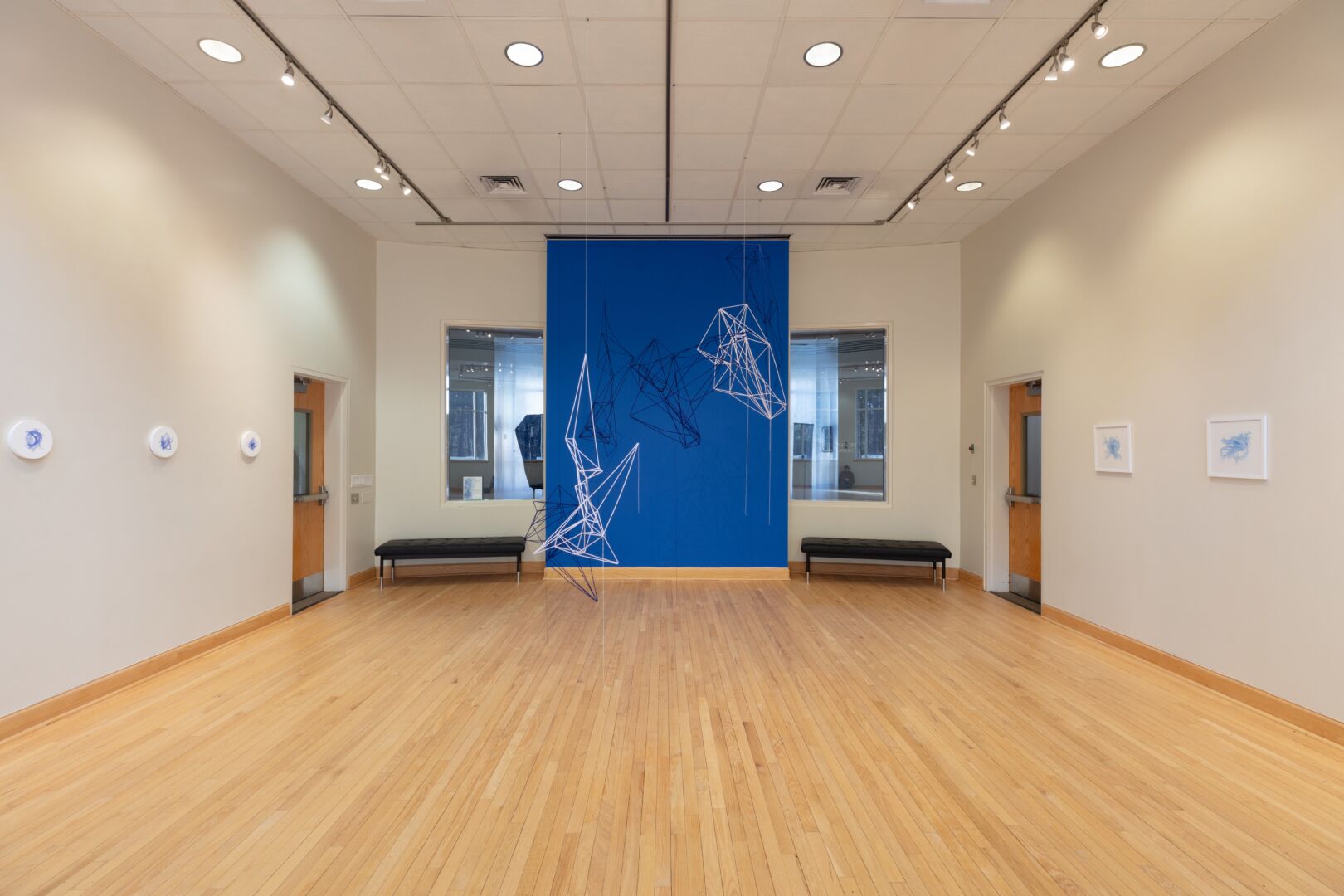
Let’s talk shop? Tell us more about your career, what can you share with our community?
My works are based on giving visual and physical structures to the spaces/matters where internal and external matters communicate and to the invisible things that make our physical and psychological existences possible. When I was a child, I often wondered how we know that we exist, and I had a fantasy that we are all living in a giant creature’s dream and that when he wakes up, we all disappear, and that’s it, everything would just be gone. And this fantasy followed me as an adult. So, this lack of tangible sense of existence led me to search for things that make us exist. In my compositions/structures, you find architectural, geometric, and organic elements. I incorporate these elements to visualize the mind as an architectural space and strive to create structures that blur differences and provide a sense of metamorphosis. By using these elements, my hope is that the hybrid forms themselves balance between the familiar and the abstract, allowing us to project our own psychological interpretations onto the work. I always enjoy the moment when viewers insert themselves and share their stories about what my works evoke.
I think about making work as a conversation, and I use a labor-intensive process and physical activities/skills, also not sketching beforehand to reveal the deeper elements of self, which cannot be recognized logically, and to reach the elements that truly resonate with me. So, I take these processes, “making,” as a form of a conversation between mind and materials.
Regarding the challenge and how I overcome challenges during the making, there is a moment when the work gets very difficult and resists conversation, and when that happens, instead of moving forward in a forceful way, I step back and leave them alone for a while, sometimes a couple of years…because always at one point, the time comes where I can have a conversation again with them. And I get excited when I sense that our conversation can resume, especially after that difficult time, as if my head and I can enter the painted structure and discover things I hadn’t noticed before. This attitude is developed through the experiences I had from my teenage years to my 20s.
I was trained in oil painting as a teenager in Japan, but as it was getting more geared toward getting into an art university, it became painful. I visited Italy and saw David and Pieta by Michelangelo made me really stop making artwork; I felt everything was done, what else I could do. Making artwork is always the way for me to connect to others and myself, and stopping making art meant losing that outlet. To me, art can connect and be able to share thoughts and ideas regardless of background and language. So, one thing I did when I couldn’t paint anymore was to gain another communication tool, learning English. So I came to the U.S. to learn English and then went to a community college in NY, where I met my forever mentor and friend, Bruce Brooks. He was the chair of the art department at that time, and he brought me back to art making; it had been more than 2 years since I last painted. When I started drawing again, I noticed I was freer and no longer trapped with making work for an exam. I realized that the break was necessary for me to truly own my training and experience in Japan.
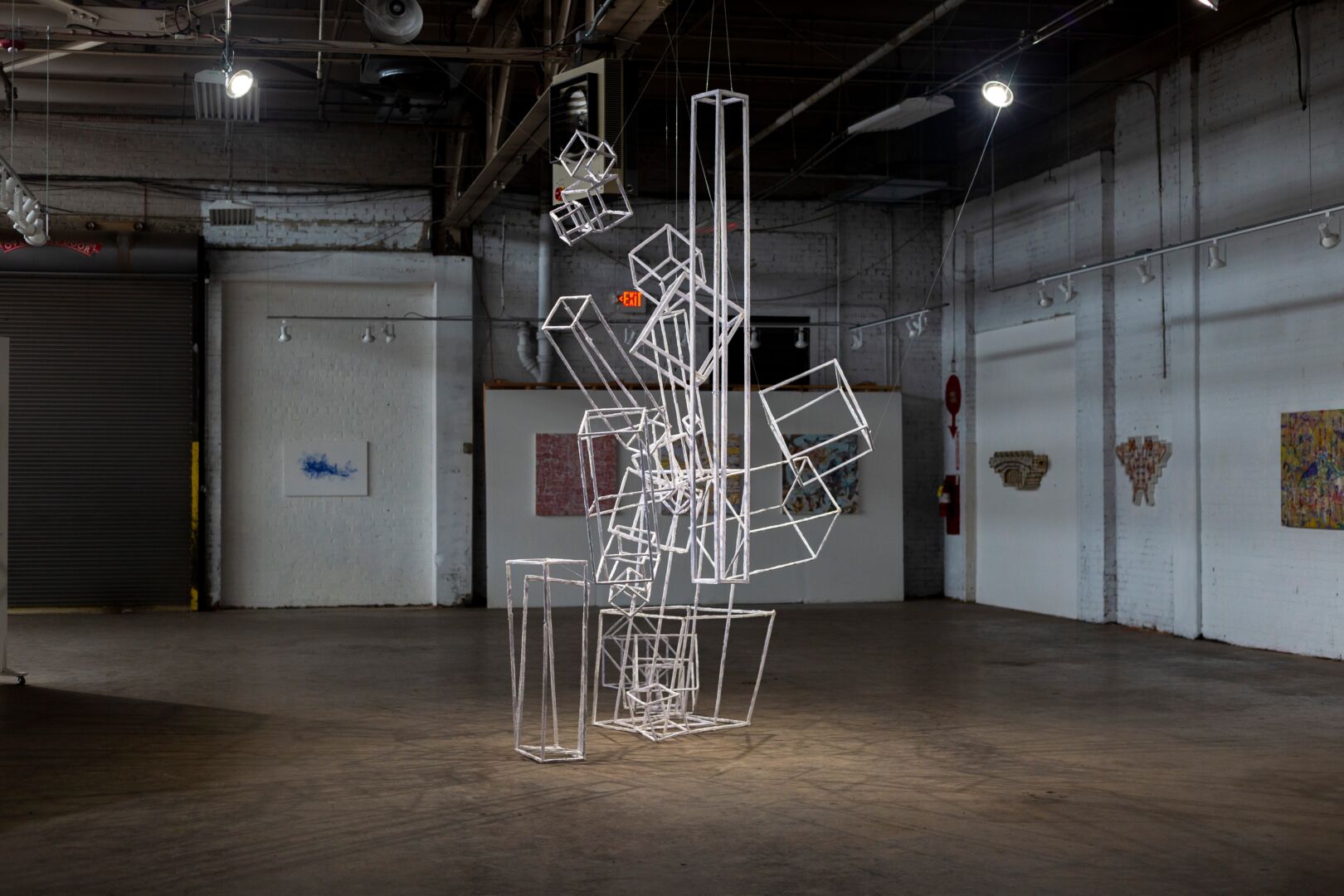
If you had a friend visiting you, what are some of the local spots you’d want to take them around to?
I think Charlotte has a different art scene and unique creative energy where artists support each other, and there are communities that support that, compared to, say, NYC, where the ground is already set. Charlotte has the energy of still building and has the excitement of shaping what the art scene could look like. Also, there are so many small businesses thriving, and what I always find and love about them is that the warmth and sense of community exist in them. So, I would love my friend to see it and experience those communal energies.
Place to visit:
Goodyear Arts and Camp North End area for sure (if the Vintage Charlotte is up during my friend’s visit, that’s also a must). And I’ll check what’s happening at other art-related organizations such as McColl Center, Mint Museum, and Independent Picture House. Also, farmer’s markets and greenways, and parks around the city, like the Latta Nature Preserve.
Drink:
Birdsong, Resident Culture, Fonta Flora, Common Market, Salud Beer Shop, McGill Rose Garden, and Craft Tasting Room and Growler Shop
Food:
Dish, Clark’s Snack Bar, Lang Van, Room Service (food and drinks), Hex (coffee), Verdant Bread and Milk Glass Pie
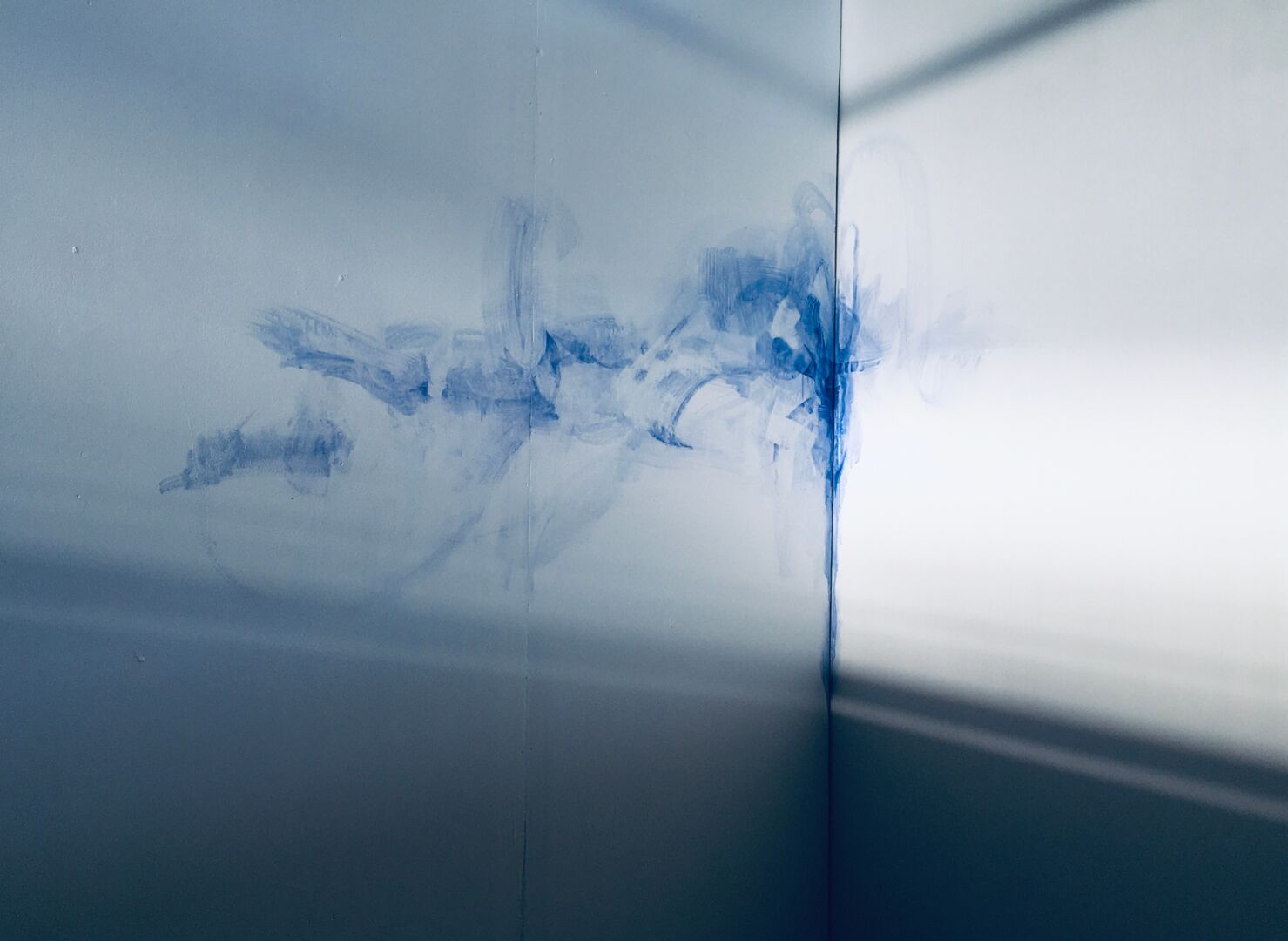
Shoutout is all about shouting out others who you feel deserve additional recognition and exposure. Who would you like to shoutout?
I would like to thank friends and family who have always supported me along this journey from Japan, NY, to Charlotte, as an individual and in my professional career. The artist community, Goodyear Arts, accepted me, and I have the honor to be a collective member and to serve as a co-director. As I grew up, studying in NYC and coming to Charlotte, Goodyear Arts was the first community in my life that gave me a sense of belonging. Thank you to my partner, Matt Rowney, whose work and dedication to his research inspire me, and having many conversations and walks makes my life so much brighter. Lastly, I would like to mention Bruce Brooks. He was my mentor and friend who left us the end of last year. He brought me back to ‘making’ and always trusted me and encouraged me to keep going. His artistic vision, art, and he as an educator are always within me and never fade.
Website: https://www.seirinnagano.com/
Instagram: https://www.instagram.com/seirinnagano/

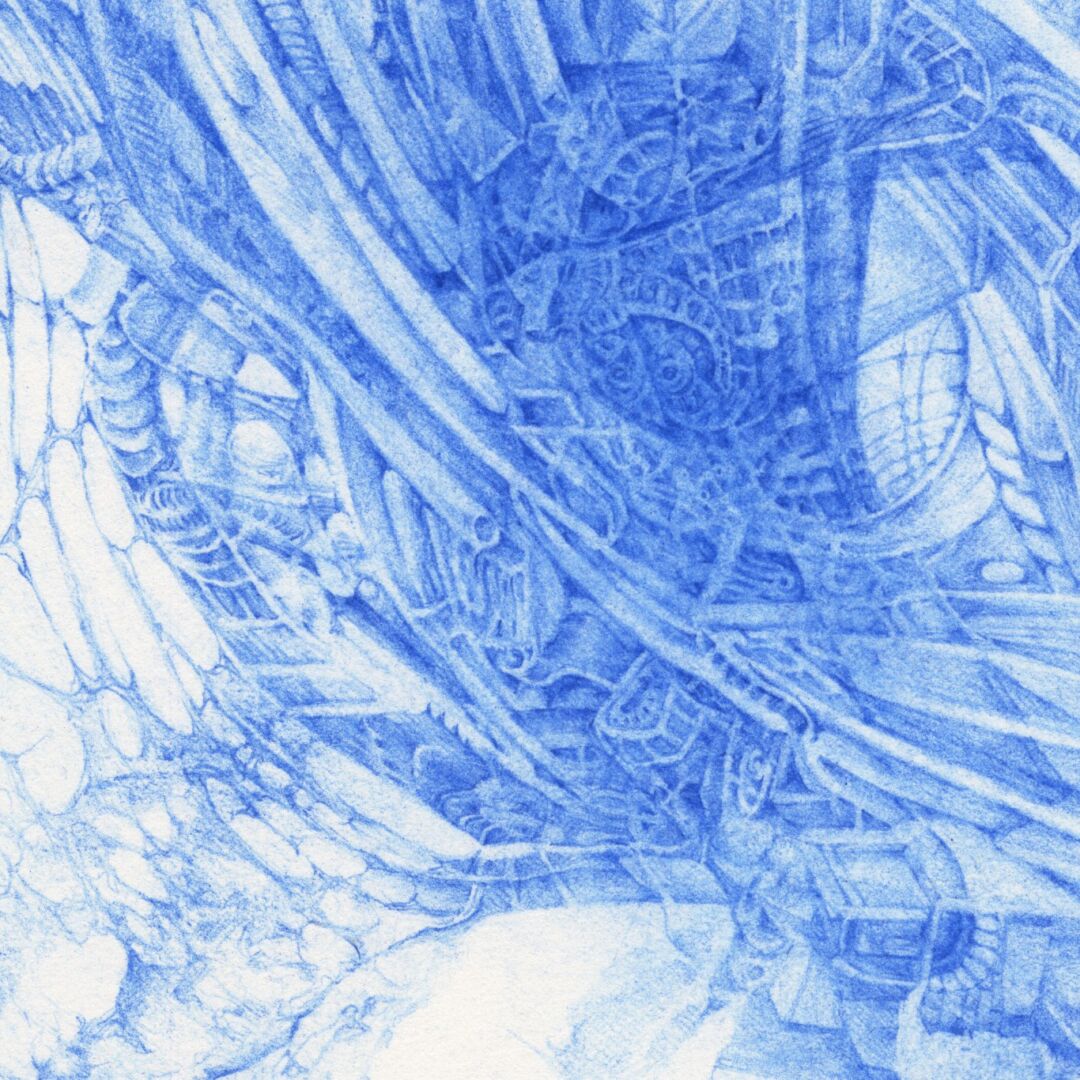
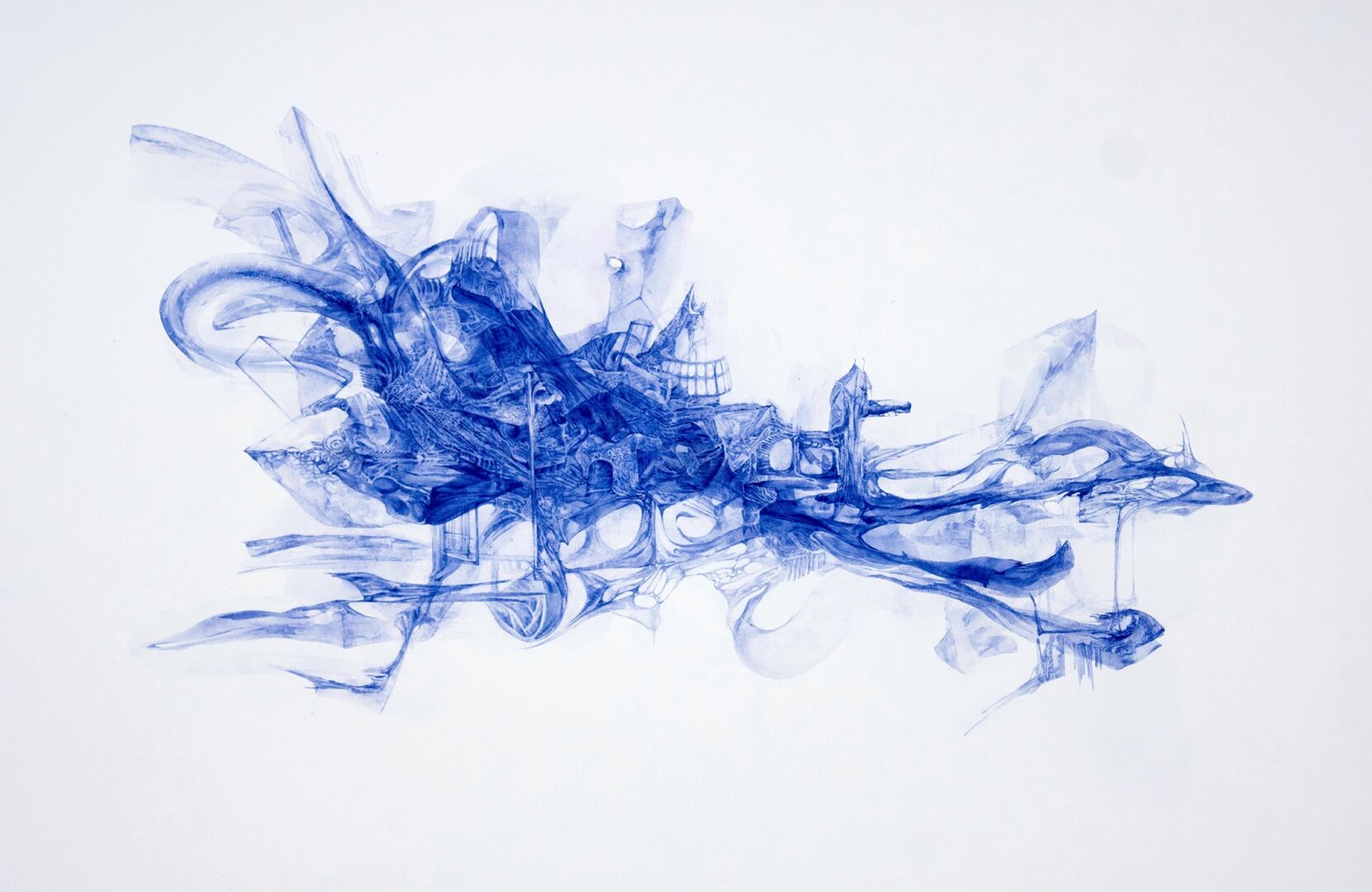
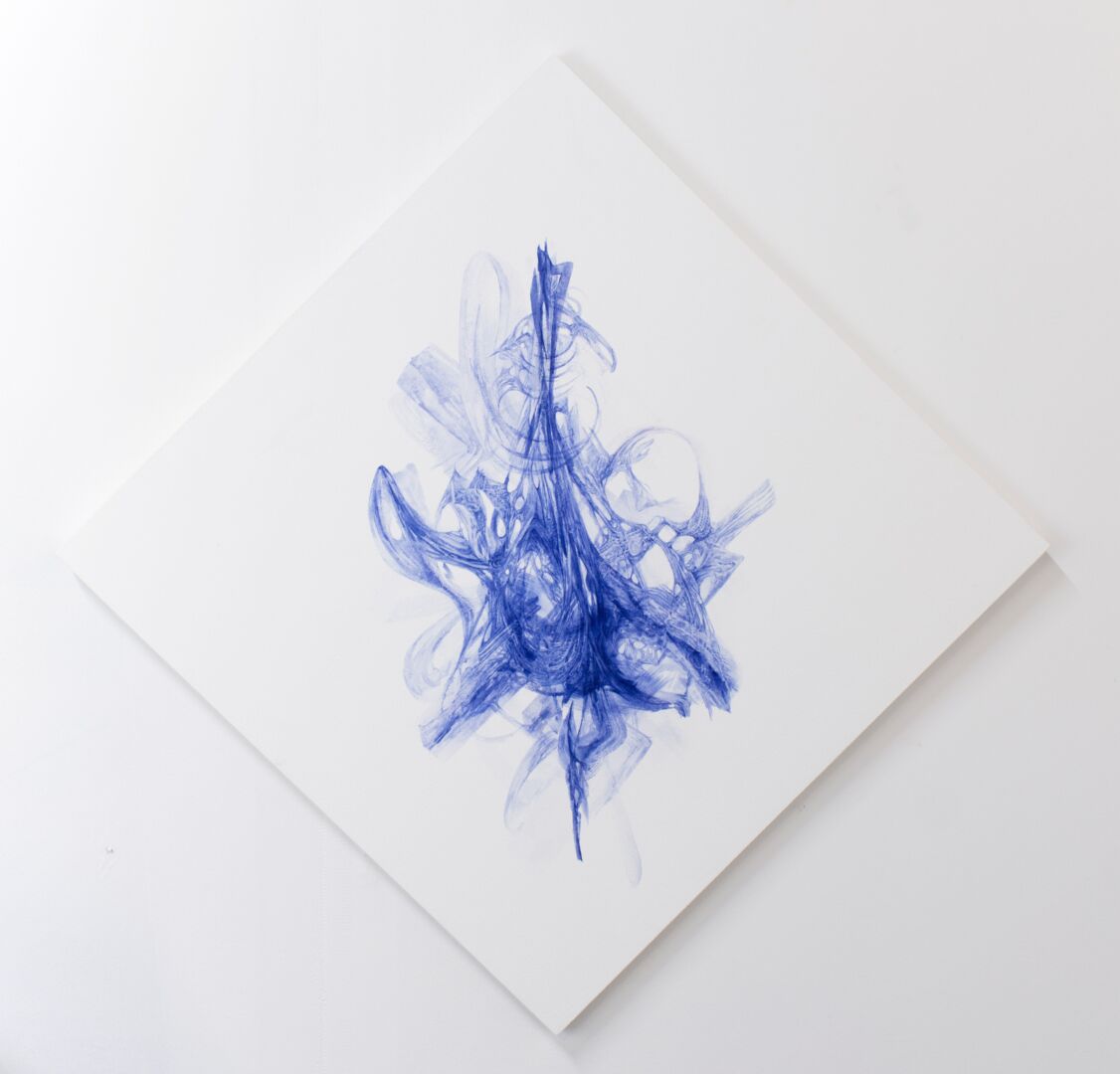
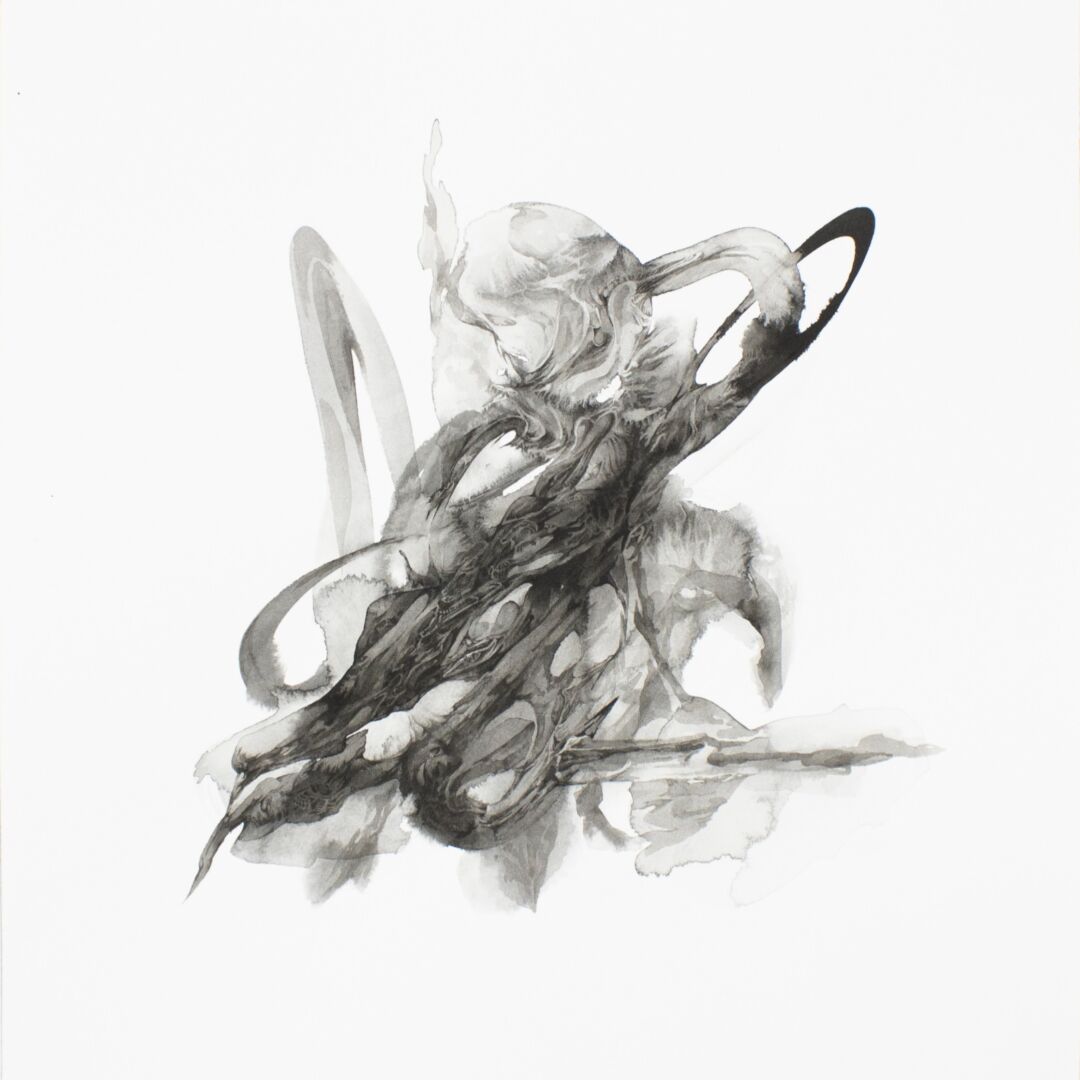
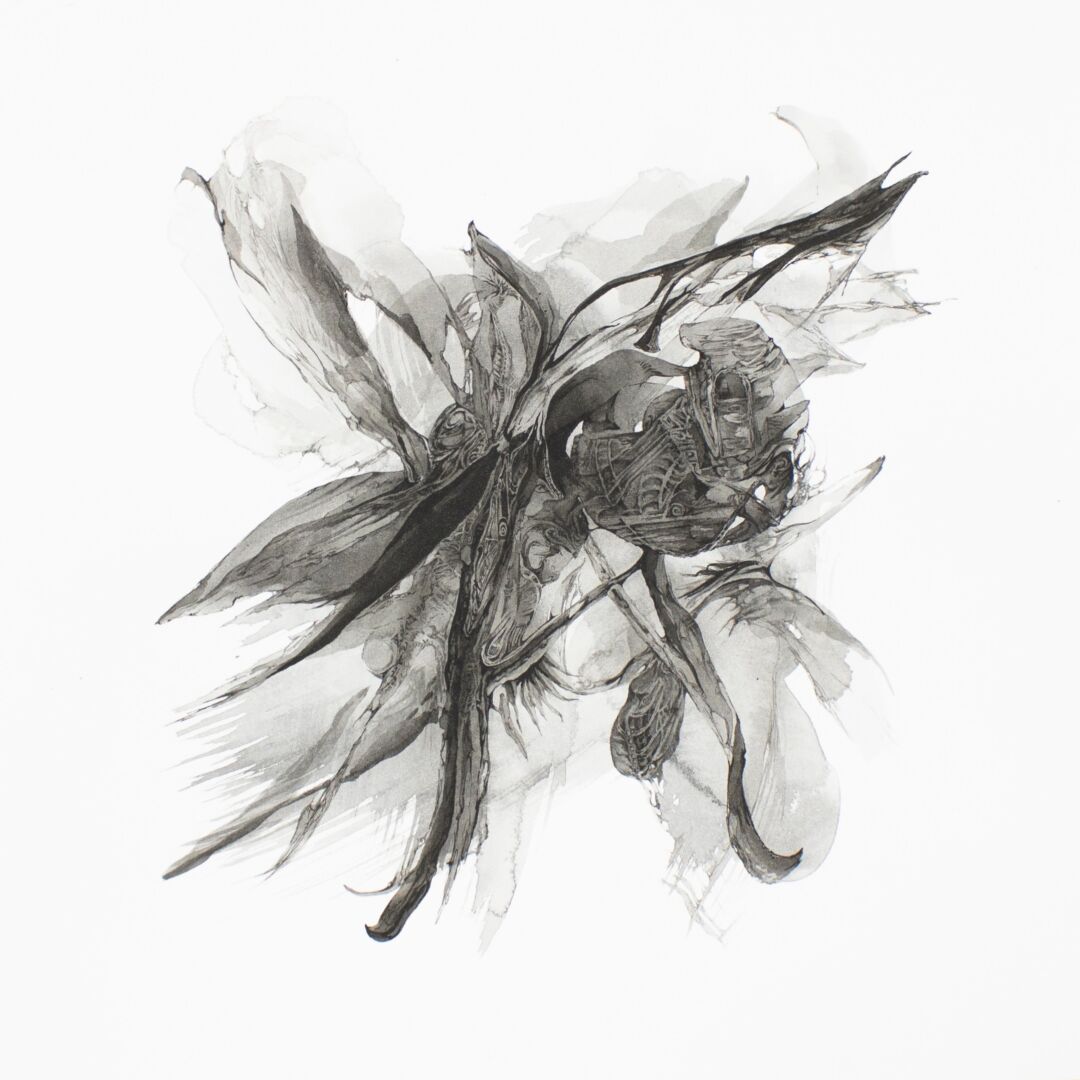
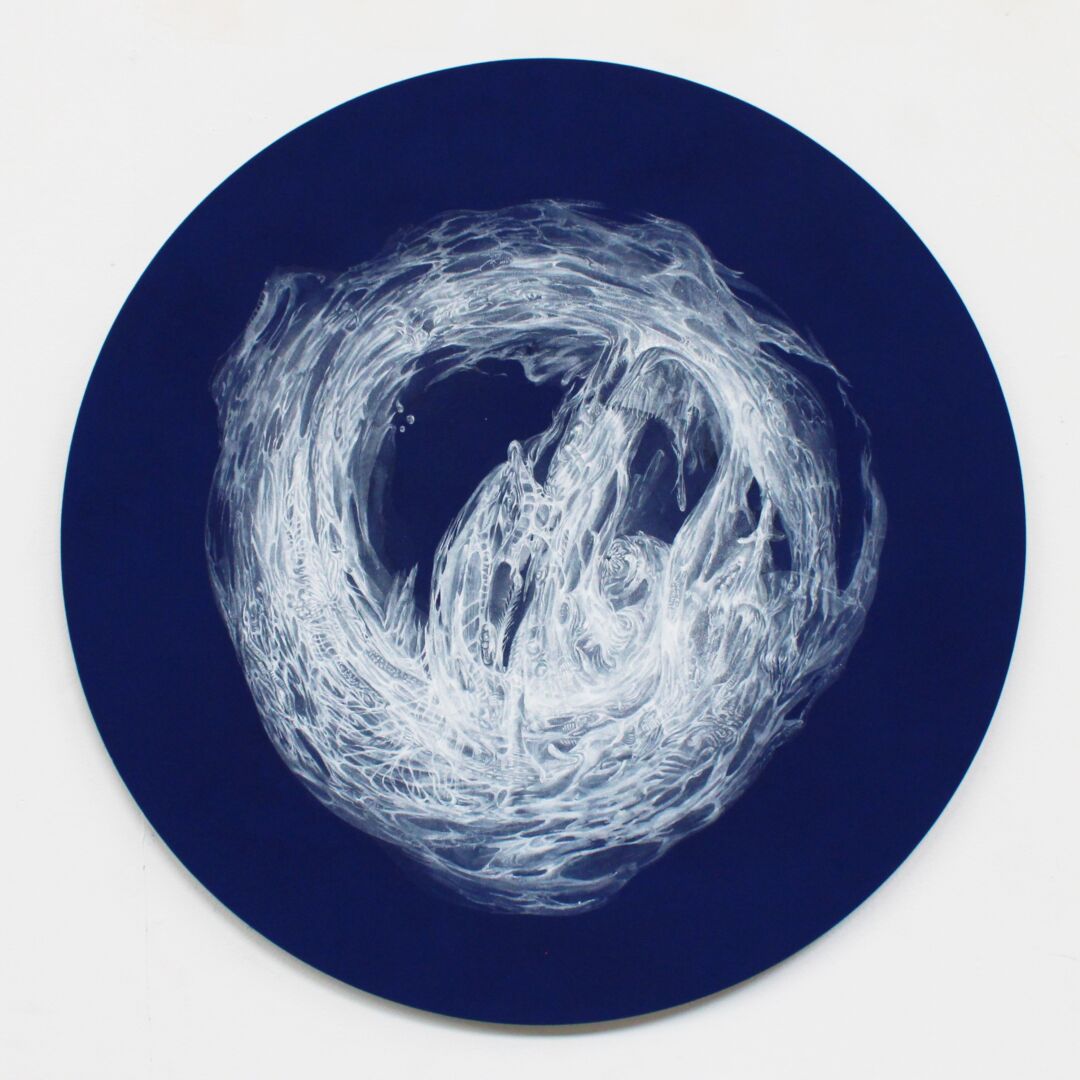
Image Credits
Hodges Taylor (1st mural image)
David Sackett (2nd installation image)
Nicole Driscoll (personal photo and the 3rd installation image)
